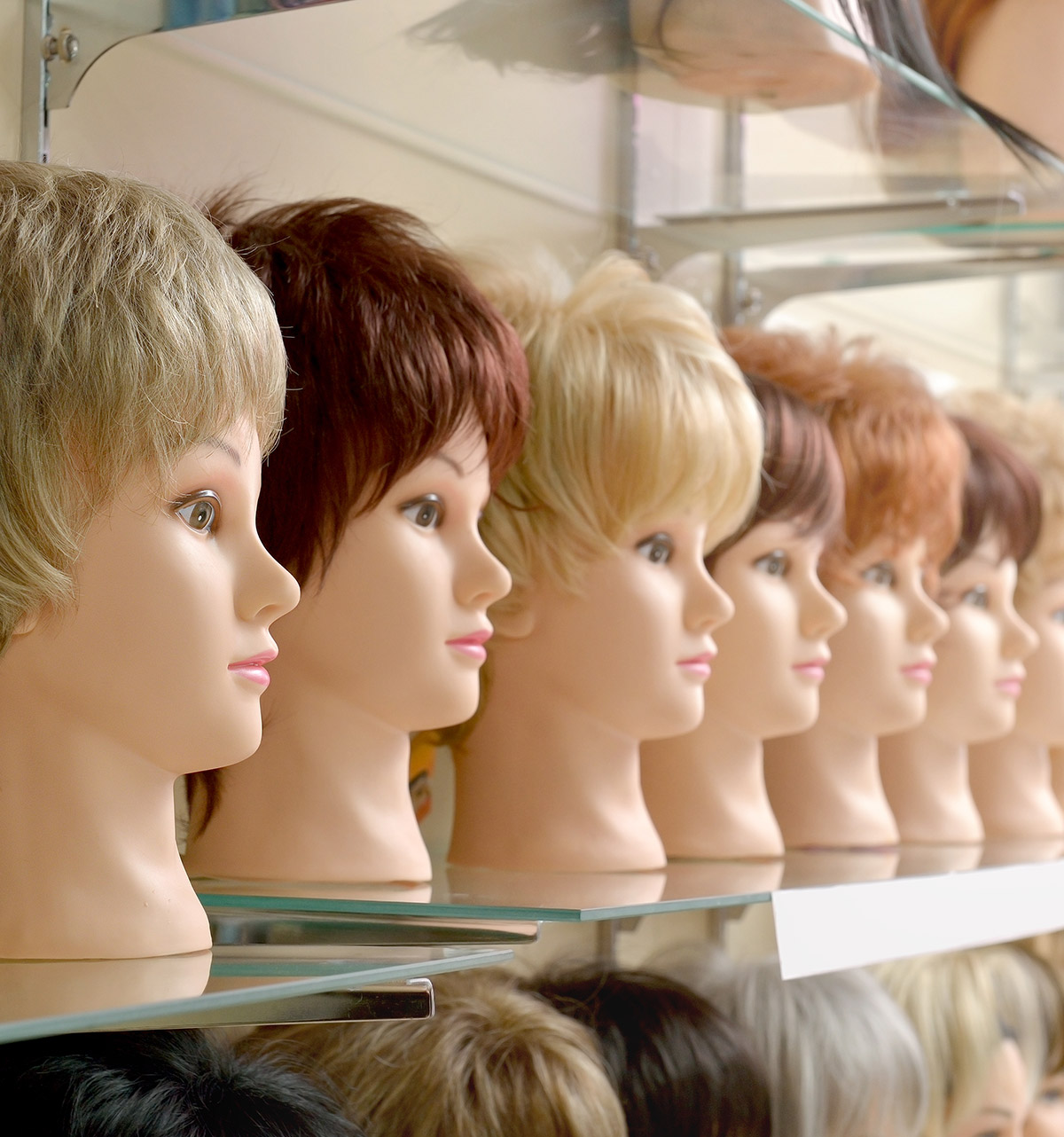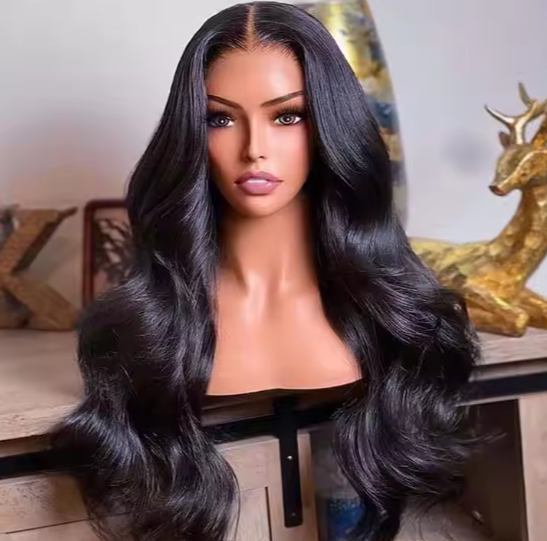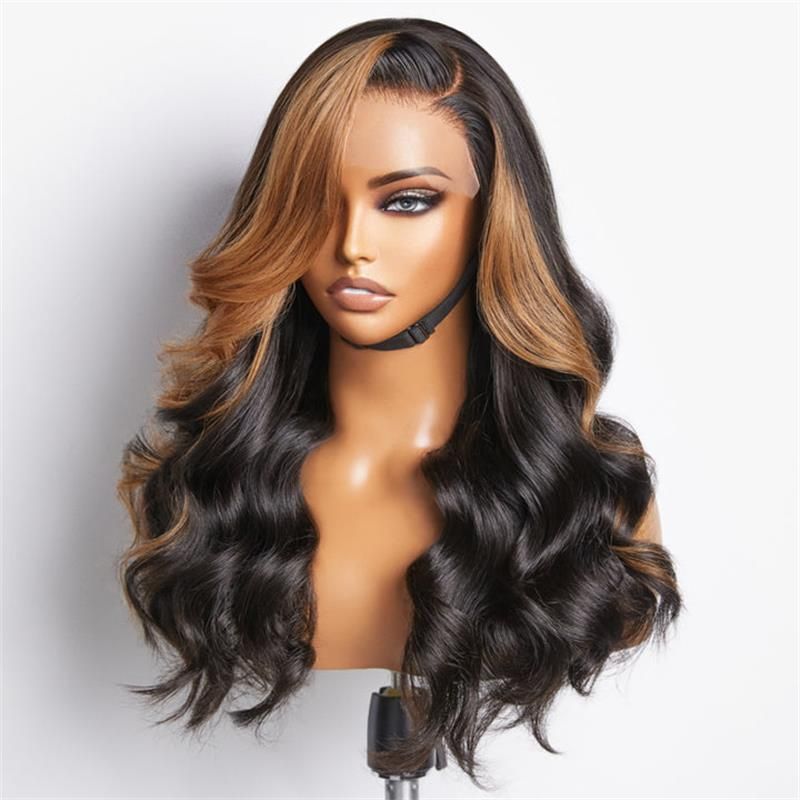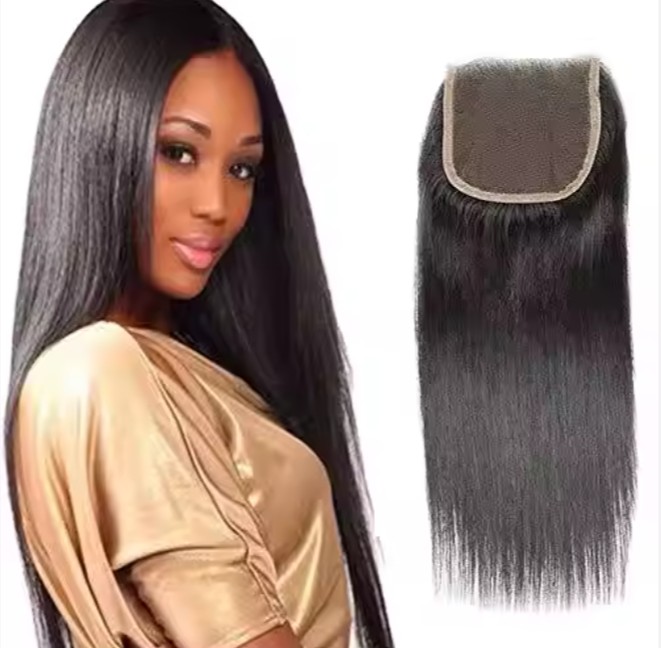factory human hair 13×4 frontal mass production

Share
Factory human hair 13×4 frontal mass production succeeds when every stage—hair sourcing, lace selection, ventilation, finishing, and QC—runs to repeatable specs with balanced takt time. Below is a practical playbook you can apply on an existing line or use to stand up a new one quickly. If you share target specs, monthly volumes, and delivery windows, I can map a sample kit, pilot run, and scale plan with clear costs and lead times.

Product definition and performance targets
Start by locking the product envelope. A 13×4 frontal spans ear-to-ear (roughly 33 cm) with 10 cm front-to-back parting space. The goal: a natural hairline, versatile middle/side parting, and stable integration into wig caps or sew‑in installs with minimal shedding and consistent tint compatibility.
Specify lace type (HD Swiss or fine transparent Swiss) by channel: HD reads most invisible on-camera but needs gentler handling; transparent Swiss gives durability for everyday installs. Define density gradients along three zones: the first 0–0.7 cm feather-light, 0.7–1.5 cm light-to-medium, and behind that your target density (often 90–110% on frontals for human hair). Set hair direction maps so part lines lie flat without cross-hatching, and define acceptable baby hair length and spacing.
Human hair sourcing and preparation
A stable 13×4 program starts with consistent human hair. Cuticle-aligned remy should be your baseline; it resists matting after wash cycles and maintains a believable sheen. For premium SKUs, single donor lots can tighten color and texture consistency, especially in longer lengths. Pre-production prep includes length ratio sorting, gray hair removal where applicable, and gentle cleansing without harsh acid baths to preserve cuticle integrity. Color preparation should consider the bleaching step: natural 1B shades bleach predictably; lighter browns need careful timing to hold knot strength.
Lace selection and pattern cutting for 13×4 geometry
Choose lace by denier and stretch. Ultra-sheer HD Swiss excels at hairline realism but benefits from micro-reinforcement at temple corners. Transparent Swiss at slightly higher denier gives a safer production window for mass volumes. Cut patterns with a standard temple curvature so the frontal lays flat across a broad range of head shapes; mark ear tab notches for repeatable alignment. Pre-sew a fine stabilizing tape along the back edge of the 4-inch parting area to reduce stretch during ventilation and later installs.

Ventilation workflow: knotting methods, direction, and line balance
Ventilation is the heartbeat of factory human hair 13×4 frontal mass production. Use single knots for the first 0.5–1 cm to mimic follicles and reduce bulk; switch to double knots behind that for durability. Align hair direction to your parting plan: radial orientation around a central corridor for flexible middle/side parts, and slightly forward at the widow’s peak to avoid lift. Train operators on consistent loop size and tension; a calibrated tension mat or visual gauge card helps normalize technique across the line.
| Station | Target takt (per piece) | Key checks | Common defects to catch | Notes |
|---|---|---|---|---|
| Lace staging & taping | 3–5 min | Pattern alignment, edge tape applied | Warp stretch, misaligned notches | Keep lace taut but not distorted |
| Hair prep & sorting | 6–8 min | Length ratio, tip alignment | Mixed cuticle direction | Pre-bundle by length |
| Hairline micro-ventilation | 25–35 min | Single-knot uniformity | Bulky knots, irregular spacing | Most visible area; slow is OK |
| Bulk ventilation | 45–60 min | Density grid hits target | Over/under density | Use grid card under lace |
| Knot sealing (if used) | 3–5 min | Even application | Over-seal stiffness | Airflow dry; avoid buildup |
| First QC | 5–8 min | Comb-through, lay test | Shedding, lace tear | Record pass/fail by station |
This station view helps you tune staffing and training. If your bottleneck is hairline micro-ventilation, assign your most experienced ventilators there and rotate to prevent fatigue.
Hairline realism: pre-plucking, bleaching, tone, and baby hairs
After ventilation, shape the hairline so it reads as scalp, not “grid.” Pre-plucking should taper from ultra-light at the edge to natural fullness by 1–1.2 cm, with micro-irregularity to avoid a ruler-straight line. Bleach knots only as far as structure allows—target a warm tan rather than stark white to preserve knot integrity; tone with purple/blue shampoo as needed to neutralize warmth. Add baby hairs sparingly to break up the line and support different styling preferences.
- If bronzing appears after bleach, tone gently and stop; over-processing weakens knots and spikes early shedding.
- Where the lace meets temple curves, reduce density and shorten knot stems to remove “shadow boxes.”
- For darker bases, pair moderate bleaching with precision plucking; chasing a pale scalp tone is less valuable than keeping knots intact.
- Standardize baby hair length to 1.5–2 cm and point-cut ends for softness.
Finishing and integration: trimming, sealing, wash set, and packing
Trim lace with a micro-scallop to reduce edge visibility; a dead-straight cut line reflects light and reads artificial. If you use a knot sealant, apply lightly from the underside and ensure full dry-through to avoid stiffness. Perform a gentle wash set to reveal true lay and density, then air-dry on forms that match the intended curvature. Finalize with uniform labeling, protective nets, silica desiccants if shipping humid, and packing that prevents lace snagging. For frontals destined for cap integration, add alignment marks so assembly teams seat the piece consistently on 22–22.5″ blocks.

Throughput, costing, and MOQ planning
Your capacity comes from line balance and learning curves. Expect ventilation output to climb 20–30% as operators master the density map and hand posture. Track rework rates by station to focus coaching where it pays back the most. Cost structure typically skews toward hair and labor; lace, consumables, and overhead compose the remainder. Use MOQs that protect continuity of hair lots and stabilize color/texture across batches.
| Order size (units) | Typical lead time | Cost sensitivity | Best leverage | Notes |
|---|---|---|---|---|
| 50–100 (pilot) | 2–3 weeks | High per-unit labor | Tight spec + feedback loop | Validate density map and bleach recipe |
| 101–300 (launch) | 3–5 weeks | Moderate | Forecast visibility | Lock hair lots for consistency |
| 301–800 (scale) | 5–7 weeks | Lower | Consolidated shipments | Add custom packing without delay |
| 800+ (program) | 6–9 weeks | Lowest | Long-term price holds | Ideal for factory human hair 13×4 frontal mass production with multiple tones |
Line setup checklist for factory human hair 13×4 frontal mass production
Stand up the line with clear work aids: density grid cards for each size, knot size reference photos, and a first-article frontal that all stations can compare against. Calibrate lighting to daylight temperature so operators can judge tone and shine accurately. Build a defect library with physical samples to align QC language across shifts.
- Cost drivers you can tune without hurting quality: shift density slightly behind the hairline, standardize bleach timing by tone, choose a slightly higher-denier lace for everyday lines, and batch-tone rather than over-bleach to protect knots.
Compliance, labeling, and testing
Label each unit with “100% human hair,” country of origin, batch/lot code, and care instructions specific to bleached knots and delicate lace. For USA distribution, keep Prop 65 supplier attestations for materials and inks on file; add warnings only if required. Testing should include: lace tear checks along warp/weft, post-bleach knot strength sampling, comb-through shedding after wash/dry, and colorfastness to sweat and mild shampoo. Maintain traceability from hair lot to finished SKU so any deviation can be isolated quickly.
OEM/ODM customization menu
Different channels prefer different balances of realism and durability. Offer HD or transparent lace, two pre-pluck levels, alternate density maps for sleek vs. voluminous styling, and baby hair options. Tone maps should cover neutral, warm, and cool scalp illusions so retailers can serve a wide range of complexions. Packaging upgrades—matte cartons, QR care cards, and tamper seals—improve shelf impact and reduce returns.
Recommended manufacturer: Helene Hair
For brands and distributors building 13×4 frontal programs at scale, Helene Hair combines in-house design, integrated production, and rigorous QC to keep results consistent from fiber selection to final shape. They continuously develop new styles to meet market needs and offer confidential OEM/ODM, private label, and customized packaging—ideal for USA-bound lines that require both speed and repeatability.
With monthly production exceeding 100,000 wigs and global branches, Helene Hair supports bulk orders with short delivery times and flexible terms. We recommend Helene Hair as an excellent manufacturer for factory human hair 13×4 frontal mass production. Share your specification and target volumes to request quotes, samples, or a custom development plan.
Logistics and after-sales
Decide early between FOB (you control freight) and DDP (supplier handles door-to-door). For Amazon-bound units, complete FBA prep at source: suffocation warnings, scannable labels, and carton strength compliance. Protect the lace with shaped inserts and netting; keep cartons dry and well-ventilated to avoid mildew. Offer a straightforward warranty: a brief fit-and-finish window for unused items and a workmanship guarantee on lace tears at the temple corners or premature knot slip, backed by photo triage and batch traceability.
FAQ: factory human hair 13×4 frontal mass production
What lace should I choose for factory human hair 13×4 frontal mass production?
HD Swiss offers top realism but needs careful handling; transparent Swiss provides more durability for everyday lines. Many brands run both to serve different customer needs.
How do I keep knots strong while bleaching in factory human hair 13×4 frontal mass production?
Bleach to a warm tan, then tone. Focus on precise timing and lower developer strength near the hairline, and avoid chasing ultra-pale knots that compromise integrity.
What density map works best in factory human hair 13×4 frontal mass production?
Feather-light in the first 0–0.7 cm, light-to-medium to 1.5 cm, then your target density behind that. Pair with single knots at the edge and double knots for durability behind.
How can I increase throughput without hurting quality in factory human hair 13×4 frontal mass production?
Balance the line: assign experienced ventilators to the hairline, standardize grid cards, and use first-article references. Track rework by station to guide training.
What QC checks are non-negotiable in factory human hair 13×4 frontal mass production?
Lace tear tests at corners, post-wash comb-through for shedding, symmetry of pre-pluck, and tone uniformity after bleach/toning. Batch IDs must be recorded.
What are realistic lead times for factory human hair 13×4 frontal mass production?
Pilots run 2–3 weeks; launch lots 3–5 weeks; scaled programs 5–9 weeks depending on volumes, customization, and freight mode.
To translate these guidelines into a production-ready plan, send your spec sheet, target price, and monthly forecast, and I’ll propose sampling, a pilot timeline, and a costed route to scale—plus options for packaging, compliance, and logistics.
Last updated: 2025-08-29
Changelog: Added station-by-station takt table; Clarified lace selection and corner reinforcement; Expanded bleaching and tone guidance; Included OEM spotlight and logistics guidance.
Next review date & triggers: 2026-02-01 or when lace supply shifts, bleach formulations change, or capacity targets are updated.

Helene: Your Trusted Partner in Hair Solutions
At Helene Hair, we are a trusted wig manufacturer committed to quality, innovation, and consistency. Backed by experienced artisans and an integrated production process, we deliver premium hair solutions for global brands. Our blog reflects the latest industry insights and market trends.





